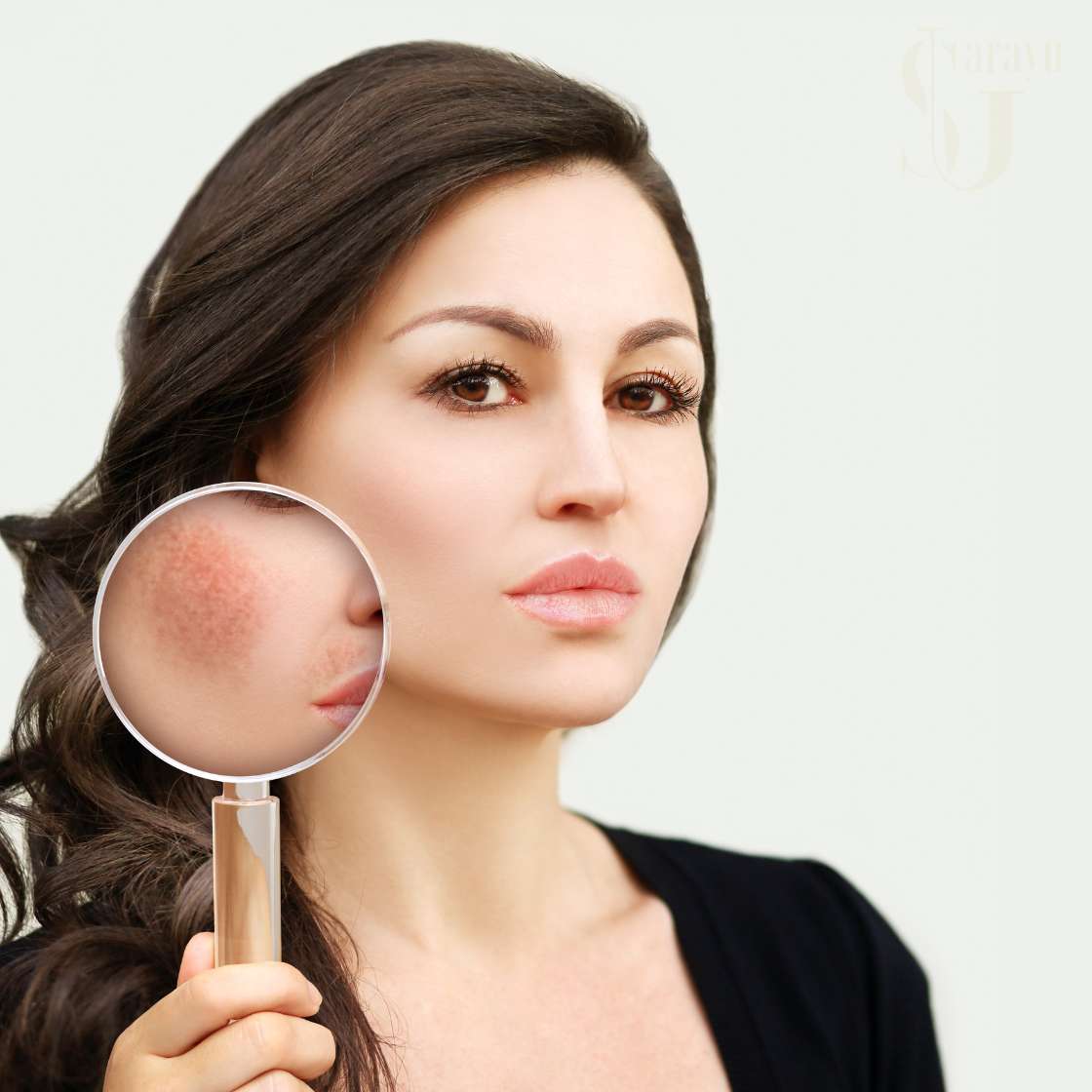Melasma Treatment In Delhi
- Home
- Melasma Treatment In Delhi
Melasma Treatment in Delhi: Brightening and Revitalizing Skin
What is Melasma?
Melasma is a skin disorder that results in brown or gray-brown patches, often appearing on the cheeks, forehead, nose, and chin. It is most commonly seen in women but can affect anyone. The primary causes of melasma include:- Hormonal Changes: Often triggered by pregnancy, birth control pills, or hormone replacement therapy.
- Sun Exposure: Ultraviolet (UV) rays can worsen melasma.
- Genetics: A family history of melasma increases the likelihood of developing it.
- Certain Medications: Some medications can lead to increased pigmentation.

Benefits of Melasma Treatment
Choosing to undergo melasma treatment offers several benefits:
- Improved Skin Tone: Treatments can significantly lighten dark patches and even out skin tone.
- Boosted Confidence: Clearer skin enhances self-esteem and overall confidence.
- Customized Solutions: Treatments are designed to meet individual skin types and conditions.
- Long-lasting Effects: Many treatments provide sustained improvements with proper skincare maintenance.
What to Expect During Your Melasma Treatment
When you visit Sarayu Clinics for melasma treatment, here’s what you can expect:
1. Initial Consultation
Your journey begins with a comprehensive consultation where our experts will:
- Assess Your Skin: Evaluate the extent and type of melasma present on your skin.
- Discuss Goals: Understand your desired outcomes and expectations from the treatment.
- Review Medical History: Ensure that you are a suitable candidate for treatment by discussing any underlying conditions or medications.
2. Treatment Options
At Sarayu Clinics, we offer various treatment options for melasma, including:
- Topical Treatments:
- Hydroquinone Creams: These lightening agents help reduce pigmentation.
- Retinoids: Promote cell turnover and improve skin texture.
- Azelaic Acid: Reduces inflammation and lightens pigmentation.
- Chemical Peels:
- These treatments use acids to exfoliate the skin and promote new cell growth, effectively reducing pigmentation.
- Laser Therapy:
- Advanced laser treatments target pigmented areas without damaging surrounding skin. Options include:
- Fractional Laser Resurfacing: Helps improve skin texture and tone.
- Intense Pulsed Light (IPL): Reduces pigmentation through targeted light energy.
- Advanced laser treatments target pigmented areas without damaging surrounding skin. Options include:
- Microneedling:
- This technique stimulates collagen production and enhances product absorption for improved results.
3. The Treatment Process
During your chosen treatment:
- Preparation: The treatment area will be cleansed thoroughly.
- Procedure Execution: Depending on the selected method, the procedure will be performed by our trained professionals using advanced techniques.
- Post-Treatment Care: After the procedure, you will receive specific aftercare instructions to ensure optimal healing.
4. Post-Treatment Care
After your melasma treatment, following proper aftercare is essential for optimal results:
- Avoid Sun Exposure: Protect your skin from direct sunlight for at least four weeks post-treatment. Use broad-spectrum sunscreen with an SPF of at least 30 daily.
- Gentle Skincare Routine: Stick to mild cleansers and moisturizers in the days following your treatment.
- Hydration: Continue drinking plenty of water to keep your skin hydrated from within.
Ideal Candidates for Melasma Treatment
Melasma treatment is suitable for individuals who:
- Have been diagnosed with melasma or experience pigmentation issues.
- Are looking for effective solutions to lighten dark patches on their skin.
- Are committed to following a skincare regimen post-treatment for best results.
Why Choose Sarayu Clinics for Melasma Treatment?
At Sarayu Clinics, we prioritize patient satisfaction and safety. Here’s why we are a preferred choice for melasma treatment in Delhi:
- Experienced Practitioners: Our team includes skilled professionals specializing in dermatology and cosmetic procedures.
- State-of-the-Art Facilities: We utilize modern technology and high-quality products to ensure safe and effective treatments.
- Personalized Care: Each treatment plan is customized based on individual needs and aesthetic goals.
Fade Dark Patches & Restore Your Glow!
Melasma Treatment in Delhi offers an effective solution for those seeking to combat pigmentation issues and restore their skin’s natural beauty. At Sarayu Clinics, we combine expertise with personalized care to help you achieve your desired look safely and effectively.
For those looking for a more comprehensive approach to skin brightening, our depigmentation and whitening treatment in Delhi provides advanced solutions to even out skin tone and enhance your natural glow.
How long does it take to see results from melasma treatment?
Results vary by individual and treatment type; however, many patients notice improvements within a few weeks after starting their regimen.
Are there any side effects associated with melasma treatments?
Common side effects may include redness, swelling, or peeling in treated areas. These typically resolve quickly.
Can melasma come back after treatment?
Yes, melasma can recur due to hormonal changes or sun exposure; ongoing maintenance treatments and sun protection are crucial.
Is laser therapy safe for all skin types?
Many modern laser treatments are safe for various skin types; however, a consultation is necessary to determine the best approach for your specific needs.
What is the best melasma treatment price in Delhi?
The best melasma treatment price in Delhi depends on the type of procedure recommended, such as chemical peels, laser therapy, or topical treatments. A personalized consultation at Sarayu Clinics will help determine the most suitable treatment and exact cost.
How many sessions are needed for effective melasma treatment?
Most patients require 3 to 6 sessions spaced 4 weeks apart for optimal results. The exact number of sessions depends on the severity of the melasma and the chosen treatment modality. A personalized consultation will provide a more accurate treatment plan.
How can I schedule a consultation for melasma treatment?
To explore the best melasma treatment options for your needs, you can schedule a consultation with Dr. Adarsh Tripathi at Sarayu Clinics. During the consultation, a personalized treatment plan will be developed to address your concerns effectively. You can contact the clinic directly to book an appointment and receive expert guidance tailored to your specific requirements.


